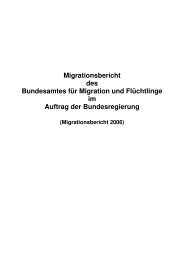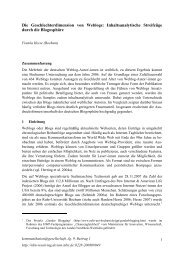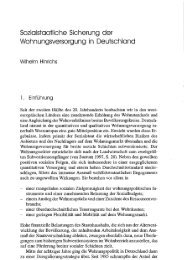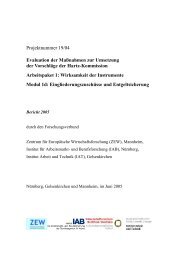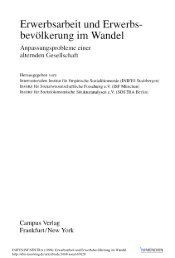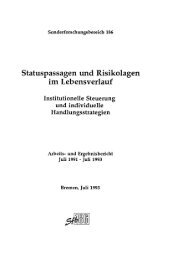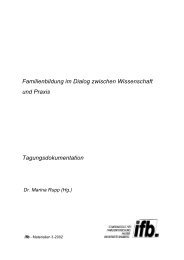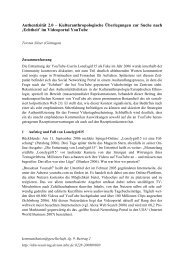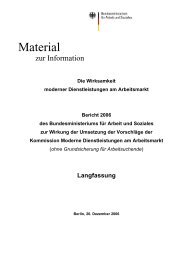Public Financial Management for PRSP - Deutsches Institut für ...
Public Financial Management for PRSP - Deutsches Institut für ...
Public Financial Management for PRSP - Deutsches Institut für ...
You also want an ePaper? Increase the reach of your titles
YUMPU automatically turns print PDFs into web optimized ePapers that Google loves.
<strong>Public</strong> <strong>Financial</strong> <strong>Management</strong> <strong>for</strong> <strong>PRSP</strong> Implementation in Malawi<br />
gained the impression that some elements regarding the role of the NLGFC as<br />
well as elements regarding advice and transfer of funds are seen critically.<br />
In some district secretariats, the attitude seems to dominate that the NLGFC<br />
as an institutional link between central and local government level is not<br />
necessary, but that the local authorities should cooperate directly with central<br />
government (i.e. MOLGRD). This feeling stems from the fear that the<br />
NLGFC might not always pass on complaints from the districts to central<br />
level, e.g. regarding insufficient funding. Interviews also revealed that there<br />
was lack of understanding why the treasury did not transfer funds directly to<br />
the districts. This shows that the role of the NLGFC is sometimes not quite<br />
clear and is sometimes regarded with suspicion by local authorities. Plans and<br />
budgets are approved by the assembly but are to be reviewed by the NLGFC.<br />
However, it is questionable how well the NLGFC can fill this function if it is<br />
not involved in the planning process itself.<br />
In general, however, it the NLGFC’s support and advice is judged positively.<br />
However, there is still room <strong>for</strong> improvement. For example, the NLGFC only<br />
visits local authorities twice a year due to lack of time and lack of funds. In<br />
addition, the NLGFC frequently withholds transferring funds. Often, this is<br />
due irregularities or unmet reporting requirements at local level. It can also<br />
result from scarce resources at central level. These deficiencies combined<br />
with poor communication lead to an unclear picture <strong>for</strong> the district assemblies<br />
of the link between per<strong>for</strong>mance and funding (GFA 2005, 47). Consequently,<br />
the DAs often do not know or understand why the NLGFC holds back funding.<br />
This in turn increases the level of uncertainty under which they operate.<br />
Operational link between central and local strategic planning <strong>for</strong><br />
development<br />
No operational link exists between strategic plans of the local and central<br />
government levels (i.e. between District Development Plans and the M<strong>PRSP</strong><br />
or the Vision 2020). In particular, there is no coherent poverty monitoring<br />
system at local government level and monitoring and evaluation activities at<br />
central and local government level are not coordinated. In addition, weak<br />
capacity <strong>for</strong> monitoring and evaluation at local level makes the coordination<br />
of poverty related data collection and consolidation difficult. This is further<br />
complicated by the multiplicity of data collection points below the Assembly<br />
level, which tend to be different <strong>for</strong> each sector ministry (GFA 2005, 46 et<br />
seq.). A more consistent monitoring and evaluation system is urgently needed<br />
German Development <strong>Institut</strong>e 117




